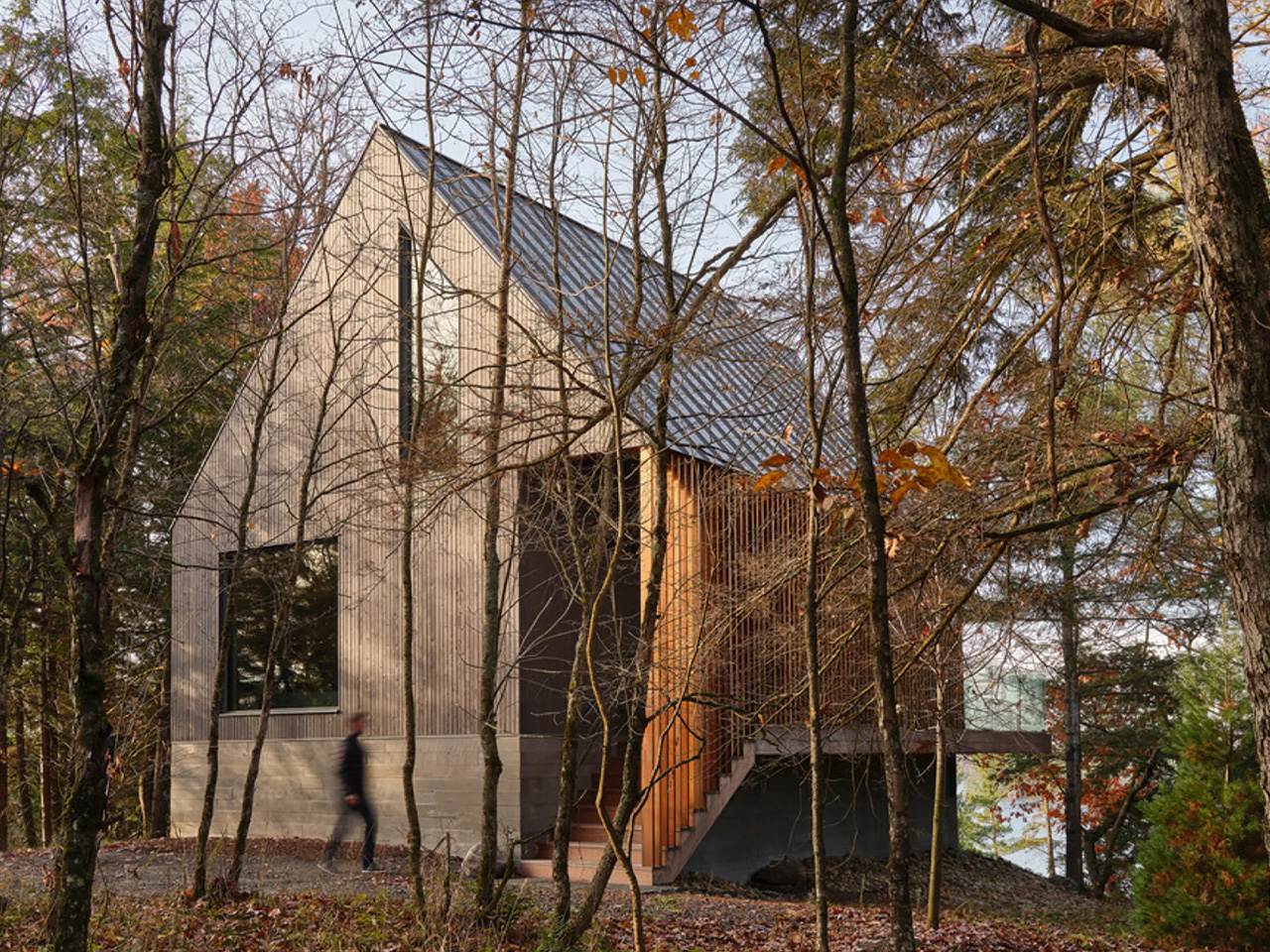Like others around the world, I have been sitting in front of my TV for the past few weeks watching everything from fencing to gymnastics and kayaking to beach volleyball. The Olympics have filled my days with competition and beautiful views of Paris. One of my favorite views has to be the Olympic cauldron floating above the Louvre lighting up the night.
Powered by electricity with beams of light and mist, the cauldron is a beautiful sight indeed. The energy source for the cauldron is just one of the ways Paris is taking initiative to use cleaner energy at this year’s Olympic games. The games plan to reduce carbon emissions by more than half of the average Olympics by using clean energy and implementing energy efficiency practices.

All of Paris’ Olympic venues are powered by 100% renewable energy from solar and wind farms across France. And swimmers are not the only ones in the Seine, with temporary solar panels floating on the river to handle the extra energy load of the thousands of athletes. It gives me hope for what the Olympics can look like in the future, minimizing emissions at the games by using cleaner energy practices.
The 2028 Los Angeles Olympics already plans to host the first “Energy Positive Games” continuing the legacy of Olympic clean energy. But we cannot expect the Olympic cities to be the only ones making a change. While we sit on our couches watching the games there are plenty of clean and efficient energy practices at home we can implement.
Take small steps like running full loads of laundry and installing LED lights to lower the energy used in your home. Purchase energy efficient appliances and products to minimize excess energy usage. Plus, invest in renewables with rooftop solar that can lower your fossil fuel consumption and your electric bills.
The best gold that we can get is the sun, so let’s use it all that we can at home and at the games. Emmitt Thulin, Downers Grove On the struggle bus Intercity bus travel in America is going through the same thing intercity rail went through during the 1960s, which resulted in the creation of Amtrak in 1971. Back in the day, individual private railroad companies [Illinois Central/Santa Fe/Penn Central/Union Pacific/etc] operated their own passenger trains running on their tracks.
The combination of increased air travel and freight traffic caused less demand for passenger rail travel, in many cases routes operated at a deficit. So the railroads did the obvious thing, they went with the money by reducing passenger trains and with that the passenger stations, which were also owned by the railroads. The creation of Amtrak resulted in the elimination of passenger routes that were deemed “unprofitable/under performing.
” To me the only thing that’s going to solve the intercity bus issue is the creation of some sort of nationwide agency similar to Amtrak. You can bet a lot of these bus routes are “unprofitable.” Derrick Hampton, Hawthorne, California Headline-grabbing therapy As a Van Halen fan, it made me smile to see the “Have You Seen JR.
’s Grades” headline on Daryl Van Schouwen’s piece in the sports section of Thursday’s Sun-Times. For those who don’t know, it’s a lyric from the song “And the Cradle Will Rock.” The headline alone eased the pain of the White Sox season.
Steve Metsch, La Grange.



















